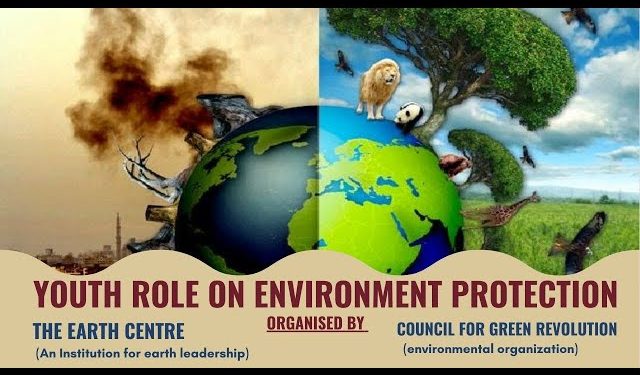In the face of rising climate change, pollution, and environmental degradation, India’s youth are emerging as powerful voices and changemakers. Their energy, innovation, and digital fluency have added new momentum to environmental movements across the country. From school strikes to sustainable startups, young Indians are not just demanding change—they are leading it.
Why Youth Participation Matters
India’s youth make up over 50% of the population, giving them significant influence over the country’s future direction. Their involvement in environmental action is critical because:
- They bring fresh ideas and digital skills.
- They are more aware of global climate challenges.
- They are willing to challenge systems and mobilize their peers.
Key Areas Where Youth Are Making an Impact
1. Climate Strikes and Activism
Inspired by global movements like Greta Thunberg’s Fridays for Future, Indian students are organizing climate strikes, rallies, and public awareness campaigns in cities like Delhi, Mumbai, and Bengaluru. Local youth-led groups are pressuring policymakers for stronger environmental laws and climate action.
2. Social Media Advocacy
Youth are using platforms like Instagram, YouTube, and X (Twitter) to raise awareness about environmental issues. Hashtags such as #SaveAarey, #ClimateActionNow, and #NoMoreCoal have been widely circulated by young content creators and activists.
3. Eco-Friendly Startups
Young entrepreneurs are launching green businesses focused on plastic alternatives, organic products, zero-waste packaging, and clean energy. Startups like Beco, Atree, and Green Sole are youth-driven ventures gaining national attention.
4. Campus Movements and Eco-Clubs
From schools to colleges, student-led eco clubs are organizing tree-planting drives, recycling campaigns, and sustainability workshops. These initiatives not only create local impact but also instill lifelong eco-conscious habits.
5. Legal and Policy Engagement
Some youth are taking their activism to the courts. In landmark cases, young environmentalists have filed petitions to stop deforestation, mining projects, and air pollution violations. Their legal awareness is shaping policy conversations.
Real-Life Examples
- Licypriya Kangujam, a young climate activist from Manipur, has spoken at global climate forums and consistently urges government action on climate change.
- Disha Ravi, co-founder of India’s branch of Fridays for Future, became the face of youth environmental activism after her arrest sparked nationwide dialogue on freedom of protest.
Challenges Youth Face
Despite their passion, young environmentalists often face:
- Lack of institutional support.
- Pushback from authorities.
- Limited funding for their initiatives.
However, they continue to rise, driven by urgency and a desire to protect their future.
Conclusion: Youth as Catalysts of Change
The youth of India are not waiting for change—they are becoming the change. Their proactive engagement in environmental movements reflects a deeper shift in societal values. By supporting and amplifying their efforts, India can build a more sustainable, resilient future for generations to come.
































































